141MINIHOTEL/ 141미니호텔
1.3Km 2025-08-11
141, Wonhyo-ro, Gyeongju-si, Gyeongsangbuk-do
+82-10-9031-1628
'Located in Gyeongju, the capital of Silla Kingdom for 992 years, 141 Mini Hotel lets you enjoy hotel services at motel room rates. It has sauna, book café, small conference room, and business center for the convenience of its guests. The hotel staff are friendly as well. It's very conveniently located, since it's only 5 minutes away from Gyeongju Station and 10 minutes away from the Bus Terminal, both on foot. There are many popular tourist destinations in the vicinity of the hotel, including Donggung Palace, Wolji Pond, Cheomseongdae Observatory, and Bulguksa Temple.
Cheonnyeonae (Gyeongjuppang, chalborippang, chalboritteok) (천년애 경주빵 찰보리빵 찰보리떡)
1.4Km 2025-03-19
Cheomseong-ro 67, Gyeongju-si, Gyeongsangbuk-do
Hwangnam Bread (황남빵)
1.4Km 2025-03-19
783, Taejong-ro, Gyeongju-si, Gyeongsangbuk-do
Calle Hwangnidan-gil de Gyeongju (경주 황리단길)
1.5Km 2025-03-19
Poseok-ro 1080, Gyeongju-si, Gyeongsangbuk-do
Tumba Cheonmachong (Parque Daereungwon) (천마총(대릉원))
1.5Km 2025-04-25
Gyerim-ro 9, Gyeongju-si, Gyeongsangbuk-do
En Gyeongju, en el parque Daereungwon, se pueden observar las grandes tumbas de monarcas y nobles del reino de Silla. Dentro de este parque se sitúan 23 tumbas enormes, entre las cuales se destacan las tumbas Cheonmachong y Hwangnamdaechong, las más grandes y antiguas. En una exploración y excavación del área, realizada en 1970, se descubrió la tumba Cheonmachong, dentro de la que se halló una pintura antigua de un caballo celestial. Esta pintura es la única descubierta de los antiguos tiempos de la dinastía Silla. Dentro de esta tumba se encontraron 11.526 reliquias y coronas del monarca, que fueron trasladadas al museo. Todos estos objetos muestran la vida lujosa que llevaban los reyes de aquella época. Otra atracción turística es la tumba Hwangnamdaechong, que es el enterramiento antiguo más grande. Era un sepulcro matrimonial y en su interior se hallaron los restos del rey y la reina, con más de 30.000 accesorios y adornos de oro. El aspecto más destacable de la tumba Hwangnamdaechong es que en el sepulcro de la reina se encontraron más adornos lujosos que en el del rey. De hecho, los investigadores llegaron a la conclusión de que la reina podía ostentar una alta posición social aún antes del matrimonio real, y la jerarquía de la mujer en aquellos tiempos era muy respetada. Recorriendo estas tumbas, podrá vivir en carne propia la cultura antigua, de más de 1.500 años de historia.
Gyeongju Ssambap Street (경주 쌈밥거리)
1.5Km 2025-03-19
9 Gyerim-ro, Gyeongju-si, Gyeongsangbuk-do
Alrededores del Parque Daereungwon de Gyeongju (경주 대릉원 일원)
1.5Km 2025-04-25
Hyerim-ro 9, Gyeongju-si, Gyeongsangbuk-do
Los Alrededores del Parque Daereungwon de Gyeongju consta de cinco tumbas: las de Nodong-ri, Noseo-ri, Hwangnam-ri, Hwango-ri e Inwang-ri. Las tumbas se distribuyen en el barrio de Hwangnam-dong de la ciudad de Gyeongju y se ubican en las inmediaciones de Daereungwon. Dentro de Daereungwon se encuentra la Tumba Cheonmachong, excavada en 1973. Otra tumba a destacar es Hwangnamdaechong, excavada entre 1973 y 1975, las cuales son tumbas gemelas.
Kelimgung (계림궁)
1.5Km 2025-07-18
932, Poseok-ro, Gyeongju-si, Gyeongsangbuk-do
Kelimgung is a comfortable hanok pension near the Oreung tombs in, Gyeongju, Gyeongsangbuk-do; the name derives from Gyerim, the forest birthplace of Kim Alji who helped found the ancient Silla kingdom. The main building has four rooms and a shared kitchen, and there are two guest rooms in the yard, where barbecues can be held; reservations are required. Residents can experience traditional activities such as Gamasot cooking and Neolttwigi, and enjoy strolling in the nearby Oreung. Other nearby attractions include Banwolseong, Cheomseongdae, and Daereungwon.
Pyeongyang Naengmyeon (평양냉면)
1.5Km 2025-05-19
10, Wonhyo-ro 105beon-gil, Gyeongju-si, Gyeongsangbuk-do
Festival de la Cultura de Silla (신라문화제)
1.6Km 2025-07-25
Nodong-dong 261, Gyeongju-si, Gyeongsangbuk-do
054-776-5265
Desde 1962, el Festival de la Cultura de Silla ha sido una celebración cultural significativa realizada en la ciudad de Gyeongju. Es un festival cultural que convoca al espíritu del antiguo reino de Silla, que supo tener una destacada historia y cultura. También presenta la visión de Gyeongju de ser un espacio de intercambio cultural y turismo. El festival les permite a los residentes y turistas unirse bajo un ambiente de interacción positiva, expandiendo asimismo la imagen de Gyeongju como sitio histórico y destino turístico cultural con una herencia milenaria.
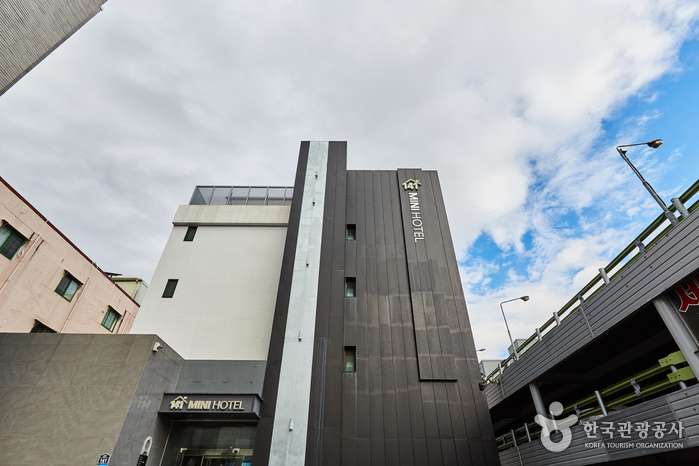

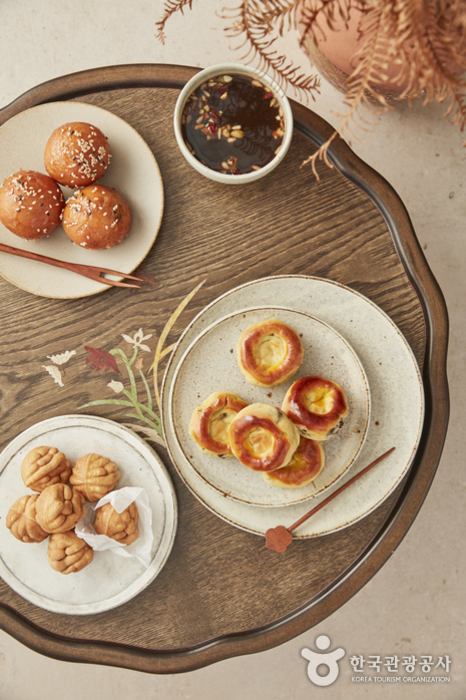
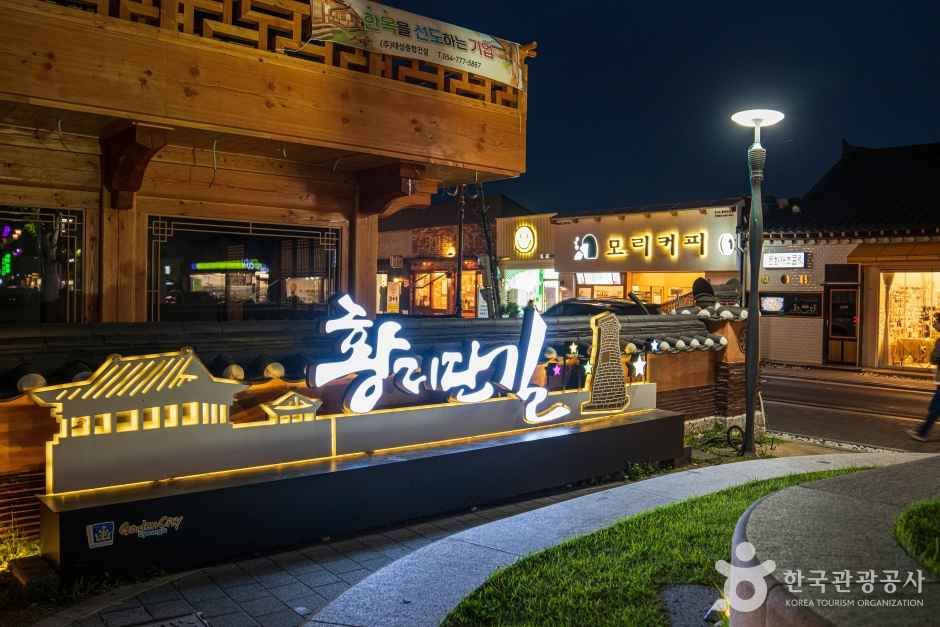
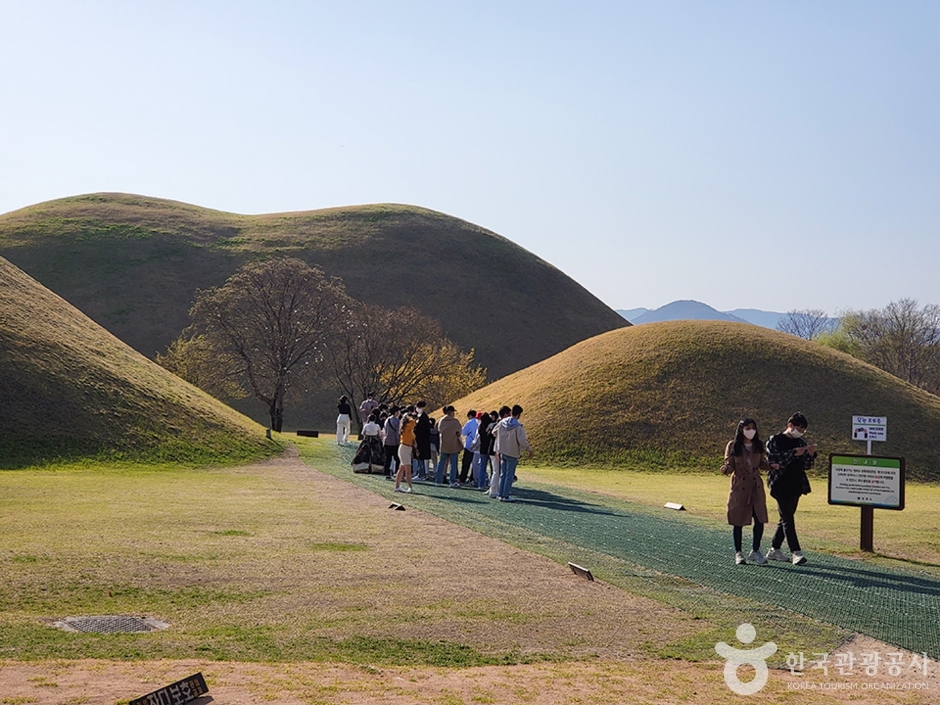
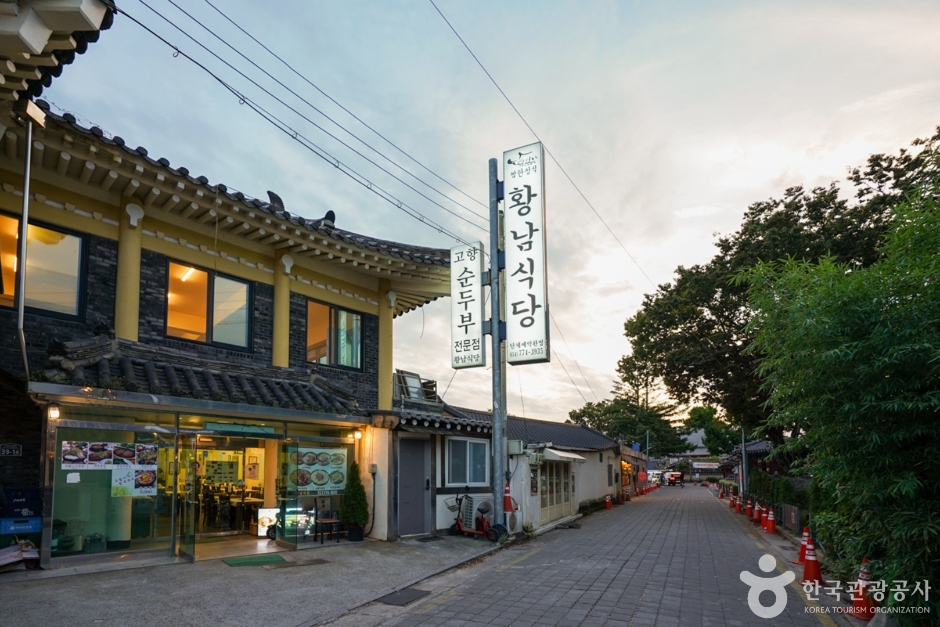
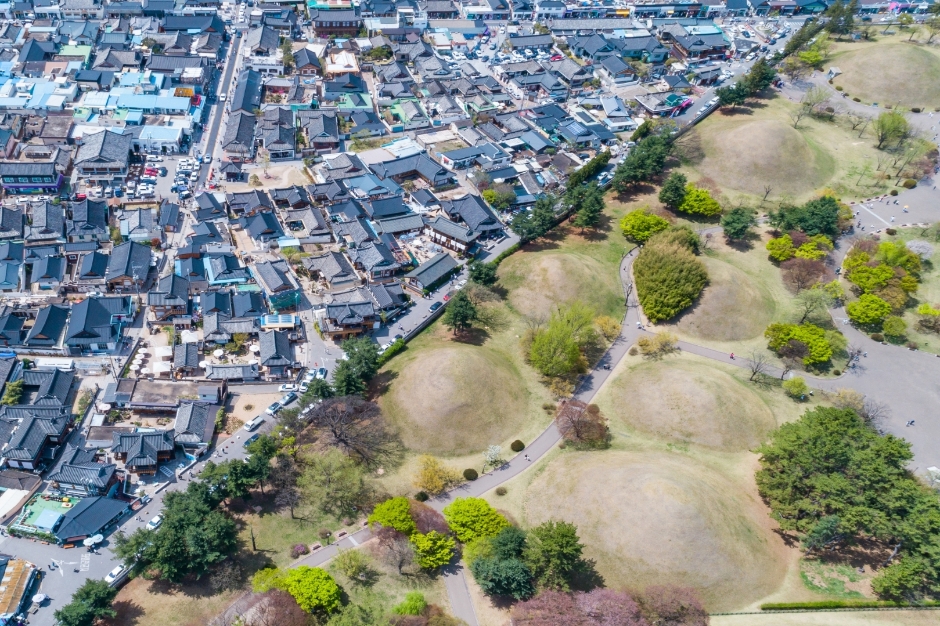
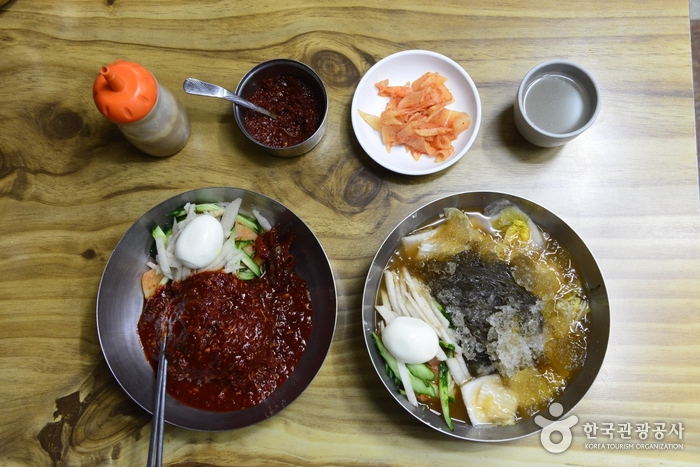
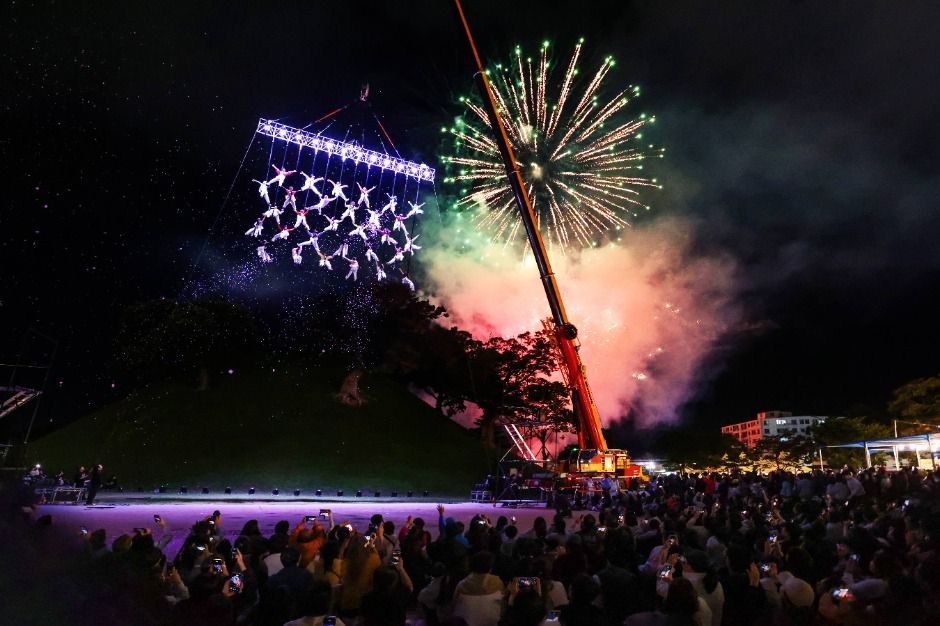
 Español
Español
 한국어
한국어 English
English 日本語
日本語 中文(简体)
中文(简体) Deutsch
Deutsch Français
Français Русский
Русский